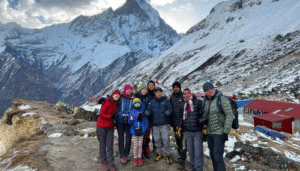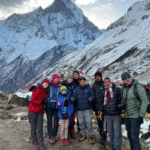In the ever-developing world of fitness and performance boosting, UK Roids 247 is among the leading companies that change the…
ContactsJet.Shop: Your Trusted Source for Affordable Contact Lenses and Eyewear Online
Welcome to ContactsJet.Shop, your ultimate online destination for affordable, high-quality contact lenses and eyewear. If you’re looking for a convenient…
Aliasshare.shop: The Ultimate Guide to Safe, Smart Online Shopping in 2024
In today’s digital age, online shopping has transformed the way we buy and sell. Websites like aliasshare.shop have tapped into…
Why Sherpas Are the Best Guides for Annapurna Base Camp
It has long been known and proven that Sherpa are the most best and reliable guides to trek with in…
Payday Loans eLoanWarehouse: Fast Cash Solutions for Urgent Financial Needs
In today’s fast-paced world, unexpected expenses can arise at any moment. Whether it’s an emergency medical bill, a car repair,…
Errordomain=nscocoaerrordomain&errormessage=could not find the specified shortcut.&errorcode=4
Encountering the message: “errordomain=nscocoaerrordomain&errormessage=could not find the specified shortcut.&errorcode=4” can be frustrating, especially if you’re in the middle of using…
Netwyman Blogs: A Deep Dive into the Ultimate Resource for Tech and Networking Enthusiasts
In today’s fast-paced tech landscape, staying updated on the latest trends, tools, and techniques is essential. Netwyman Blogs has quickly…
TickZoo: Comprehensive Guide to the Ultimate Tick Control Solution
In recent years, the demand for safe and effective tick control products has surged. Whether you’re an outdoor enthusiast, a…
Thejavasea.me Leaks AIO-TLP: Comprehensive Insights into Data Breaches and Security Risks
Thejavasea.me leaks AIO-TLP have stirred significant concern across the online community, raising urgent questions about data privacy, digital security, and…
Engagement Ring Marquise: A Timeless Option for Your Special Moment
An engagement ring marquise style provides a complete package of beauty, class and charm which goes hand in hand with…




















